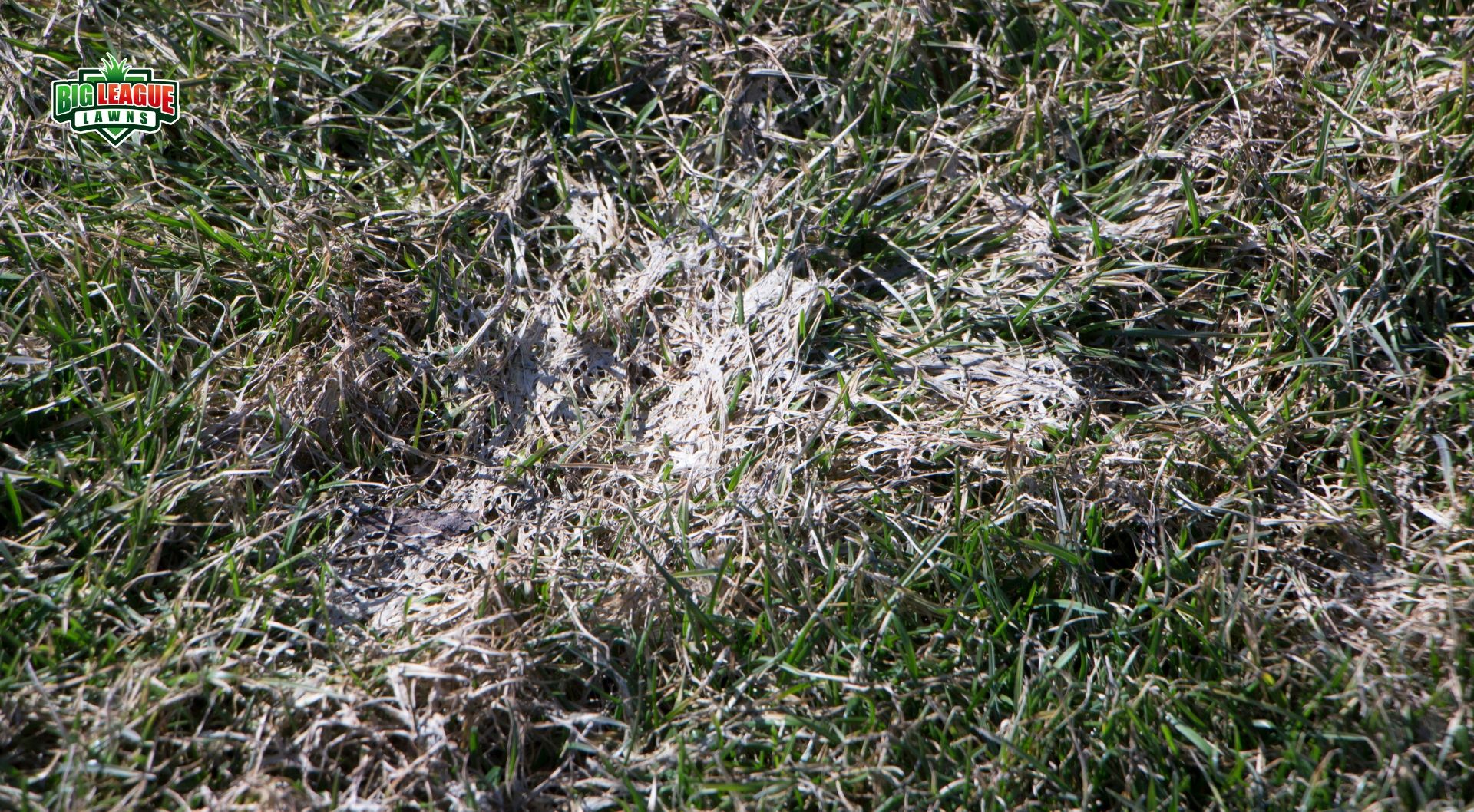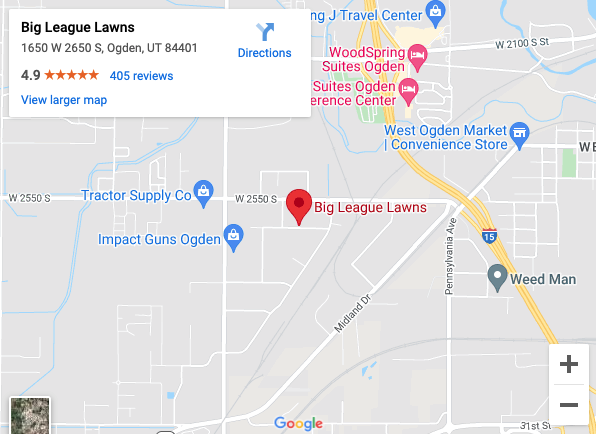Some might see snow as the biggest problem when it comes to winter but when it comes to the upkeep of your property, it’s not actually the snow that is the biggest problem. The bigger problem is what happens after the snow melts.
What Is Snow Mold?
Snow mold is a lawn fungus that is caused by melting snow. It starts to appear once the snow begins to melt. This makes sense if you think about the fact that the snow has been covering the lawn for weeks, or maybe even months, and hasn’t seen the sunshine. The ground underneath the snow is damp, cold, and dying, and it’s the perfect place for mold to grow. The snow mold can be gray or pink and different bacteria cause each variation.
When Does Snow Mold Happen?
Snow mold starts in the winter and begins to show on the lawn in spring. It may not happen every year and it has better chances of happening when the snow has fallen fast and hard early in the season. Snow mold may not even happen at all with a lot of snow. Some yards can remain free of snow mold, while other yards around the same area are infected.
Symptoms of Snow Mold
The signs of snow mold begin to show on the lawn as straw-colored circles. These circles begin to grow bigger when your grass stays wet. Grass starts to look a bit rough and it’s either gray or pink snow mold. It’s possible you could see some mushrooms coming from the ground. Your grass may not be the only thing affected. Gray snow mold grows on the crowns of plants and leaves as well.
Prevention for Snow Mold
There are things you can do to prevent snow mold. Be sure to keep the lawn mowed. Grass that is shorter is less likely to have mold growth. Be careful to not scalp the lawn but the last cut should be about one to one-and-a-half-inch shorter. You don’t want to use a lot of nitrogen fertilizer before winter begins. Work to get rid of the leaves before the snow hits. If there are areas on your lawn where the snow is deeper, spread it out a bit. You can make this fun by doing snow activities, like trying to make a snowman. Large piles can make it harder for the snow to melt once the weather does warm up. If there is a case of snow mold in the yard, you can clear it by raking the area regularly. Remove excess brown grass. If you have a serious case of snow mold then you will need professionals to help.
Treatment for Snow Mold
Get out there with a light rake and inspect your lawn! Prone areas are usually shady areas, alongside the house, fence lines, etc. Also along the driveway and sidewalk edges where your snow blower placed an extra amount of snow.
Using a light rake to lift up matted down areas of the lawn is usually a great remedy. Not doing this, especially in shady areas like along fence lines, can cause bare spots in the spring. These areas may fill back in overtime with proper root development. However, you may need to re-seed the areas if they are large enough.
If there are repeated issues with snow mold every spring then you can use a preventive application of a lawn fungicide in the fall before a heavy snowfall. Even with some of your best efforts, the discolored and dying grass may not recover a healthy appearance.
Having Issues With Snow Mold? Contact the Lawn Professionals at Big League Lawns
If you notice lawn fungus or pink snow mold in the springtime, contact Big League Lawns in Ogden, Utah for Top-Rated Lawn Fertilization, Lawn Aeration, and Lawn Pest Control Services in Utah.



